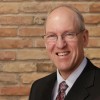
Republicans have made a lot of mileage out of ridiculing actors who speak out politically. Mainly, this is because the majority of those actors speak out against Republicans and for Democrats. This disdain for Hollywood makes a certain degree of sense. What does the art of playing dress-up have to do with cultivating political thought, anyway?
Of course, Republicans are quick to back away from this logic when it comes to actors who support them. Ronald Reagan is the shining example. Whoever scheduled Eastwood for the convention obviously thought his thespian skills also would rise above the dress-up shallowness. They were wrong.
| | Instead of the exception, Eastwood proved the rule. But that doesn’t mean Clint Eastwood was a complete disaster. He was entertainment, although I’ll admit to feeling uncomfortable when he put obscene words in the president’s mouth, even through implication. Reaction to this performance has been all over the lot. This New York Times blog by Jonathan D. Moreno at the University of Pennsylvania takes itself way too seriously. I prefer either this piece by Verne Gay of Newsday or this one by Nick Wing of Huffington Post, which examines some funny ways Eastwood could have been even more of a disaster. (My personal favorite: “Eastwood could have told invisible Obama/empty chair that he actually supported his reelection.” Hey, when you let an old guy onstage without a script, you take your chances.) As Verne Gay wrote, a lot of people, especially in my profession, complain about how scripted and predictable political conventions have become. For 12 minutes Thursday night, Clint Eastwood was onstage unhinged, and even if a lot people, including myself, were uneasy or even cringing, it is bound to endure as the most memorable moment of either political convention. I doubt anyone will change his or her opinion as to how to vote in November based on it, but it gives us all a reason to tune in again in 2016. |

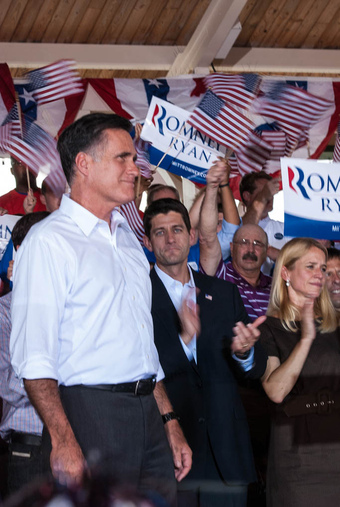
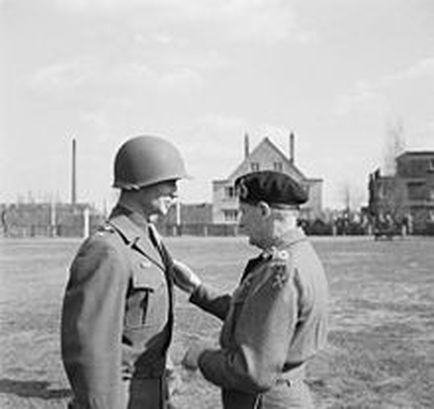
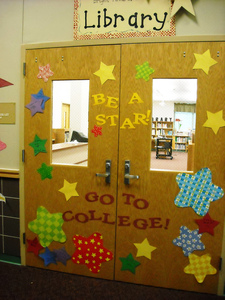


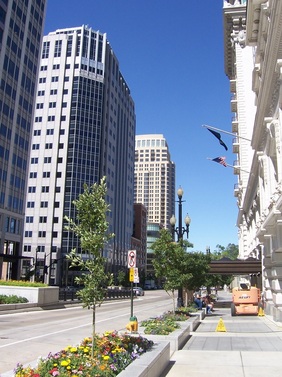
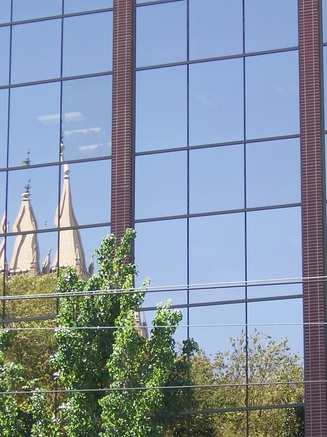

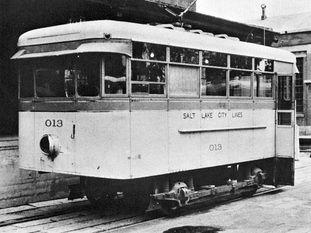
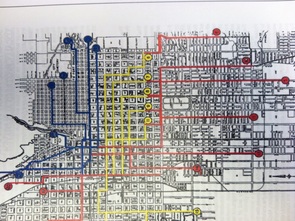
 RSS Feed
RSS Feed
